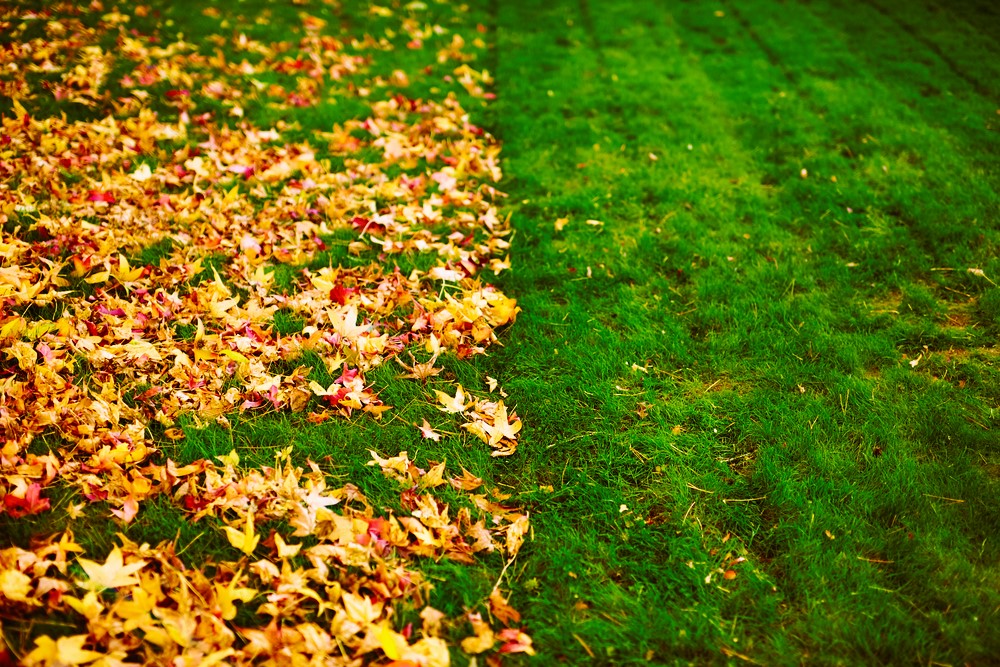
Maintaining a healthy and vibrant lawn throughout the year requires a proactive approach that adapts to the changing seasons. Each season brings its own set of challenges and opportunities for lawn care. In this comprehensive guide, we’ll explore the key steps for seasonal lawn care, covering spring, summer, fall, and winter, to help you keep your lawn in top shape year-round.
Spring Lawn Care (March to May)
As winter recedes and temperatures rise, it’s time to rejuvenate your lawn for the growing season:
- Rake and Remove Debris: Start by raking leaves, sticks, and other debris that have accumulated over the winter. This helps promote air circulation and prevent thatch buildup.
- Aerate the Soil: Lawn aeration involves perforating the soil with small holes to allow air, water, and nutrients to penetrate the root zone. This encourages strong root growth.
- Overseed Bare Spots: If your lawn has bare patches or thin areas, overseed with grass seed appropriate for your region. This will help fill in gaps and improve density.
- Fertilize: Apply a balanced, slow-release fertilizer to provide essential nutrients for spring growth. Follow package instructions for proper application rates.
- Prevent Weeds: Apply pre-emergent herbicides to prevent weeds like crabgrass from germinating. Timing is crucial; apply before soil temperatures reach the optimal range for weed seeds.
- Mow Properly: Gradually lower your mower blade as the grass grows taller in the spring. Don’t cut more than one-third of the grass height in a single mowing.
- Irrigate Wisely: Water deeply and less frequently to encourage deep root growth. Early morning is the best time for watering to minimize disease risks.
Summer Lawn Care (June to August)
Summer can bring hot and dry conditions that stress your lawn. Here’s how to care for it during this season:
- Proper Watering: Lawns need about 1 to 1.5 inches of water per week, either from rainfall or irrigation. Water deeply to encourage deep root growth.
- Mow at the Right Height: Raise your mower blade to a higher setting to provide shade for the soil and reduce water evaporation. Avoid cutting too short.
- Monitor for Pests: Keep an eye out for signs of pests like grubs, chinch bugs, or armyworms. Address infestations promptly.
- Apply Summer Fertilizer: Use a slow-release, nitrogen-rich fertilizer formulated for summer use. Avoid high-nitrogen fertilizers during hot periods to prevent stress.
- Repair Bare Spots: If bare spots develop, overseed with drought-tolerant grass varieties suitable for your region.
- Use Mulch Around Trees: Apply mulch around trees and shrubs to conserve moisture and reduce competition with your lawn. Yard Layout: Optimizing Space and Functionality.

Fall Lawn Care (September to November)
Fall is the ideal time to prepare your lawn for winter and encourage strong root development:
- Continue Mowing: Maintain regular mowing but gradually lower the mower blade as temperatures cool.
- Aerate Again: Fall aeration helps improve root growth and allows nutrients and water to penetrate deeper into the soil.
- Apply Fall Fertilizer: Use a slow-release, high-phosphorus fertilizer to promote root growth and winter hardiness.
- Control Weeds: Address any lingering weeds, as they can continue to grow in the fall.
- Rake Leaves: Remove fallen leaves promptly to prevent suffocation and mold growth on your lawn.
- Winterize Irrigation: Drain and winterize your irrigation system to prevent freezing and damage.
Winter Lawn Care (December to February)
Winter lawn care focuses on protecting your lawn from harsh weather conditions:
- Keep Off Frozen Grass: Avoid walking on frozen or frost-covered grass, as it can damage the blades.
- Snow Removal: Gently remove heavy snow to prevent damage and ice formation. Avoid using salt-based ice melters on your lawn.
- Winter Fertilization (Optional): In some regions, a winter fertilizer with potassium can help improve cold tolerance.
- Monitor for Voles: Keep an eye out for vole damage, especially if you have a heavy snow cover. Address vole problems promptly.
Conclusion
Seasonal lawn care is essential for maintaining a healthy and attractive lawn year-round. By following these key steps tailored to each season, you can ensure that your lawn remains robust, green, and resilient to various weather challenges. Whether it’s spring’s rejuvenation, summer’s maintenance, fall’s preparation, or winter’s protection, each season plays a vital role in the overall health of your lawn.
For more in-depth information on seasonal lawn care and specific tips for your region, you can visit Wikipedia’s Lawn care website. These sources provide valuable insights and guidelines to help you achieve the best possible results in caring for your lawn throughout the year.



